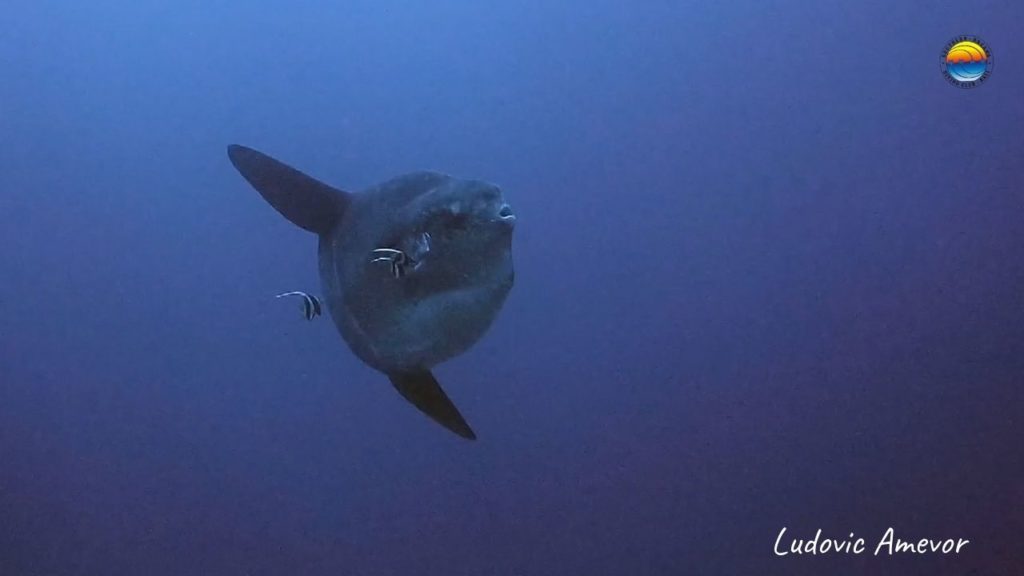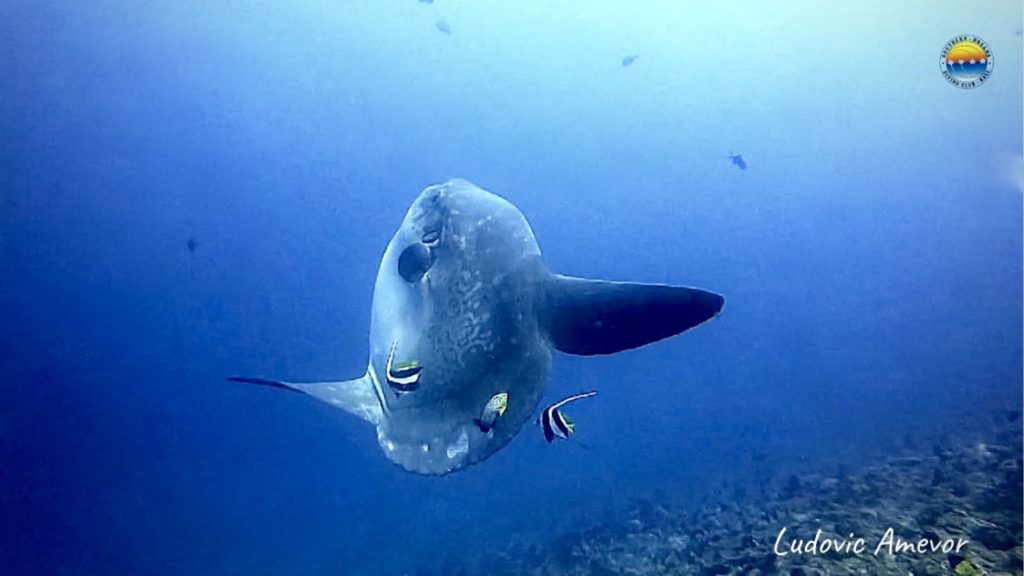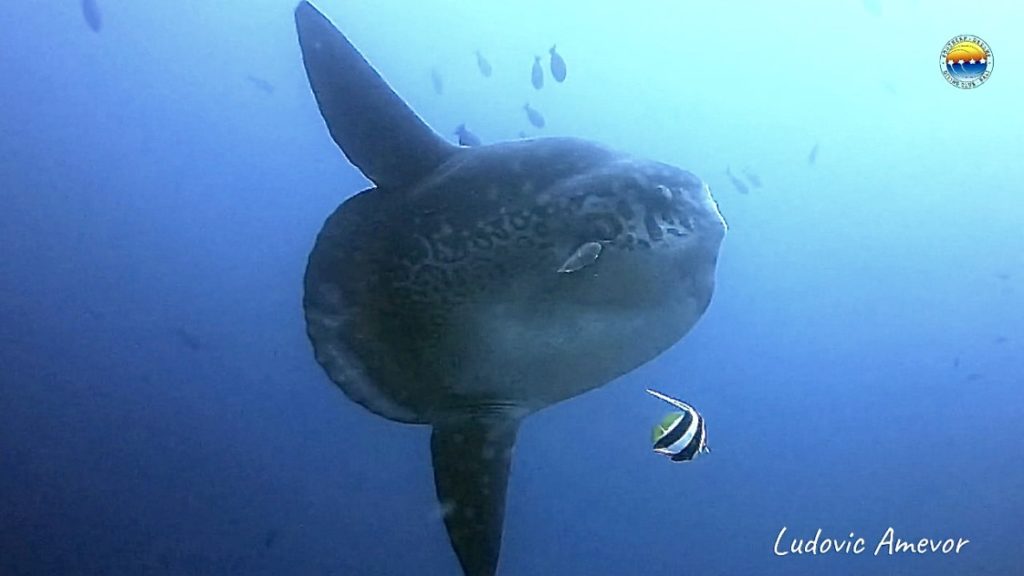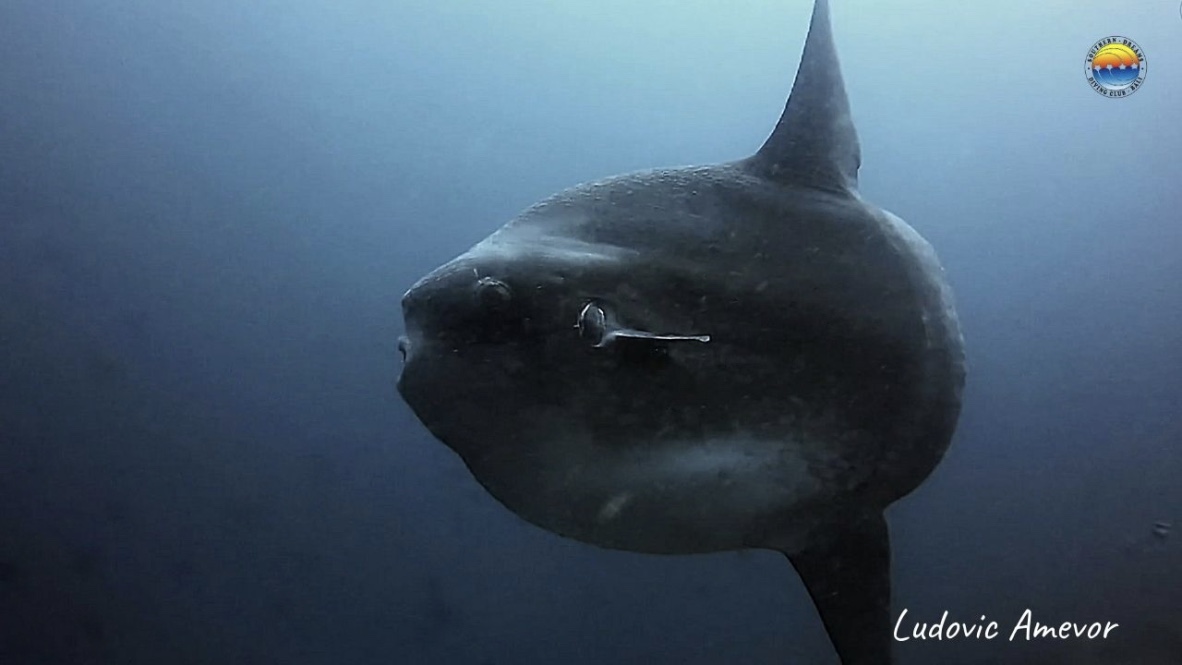Diving with Mola Mola in Bali: Everything You Need to Know
Diving with the elusive Mola Mola (also known as the ocean sunfish) in Bali is a dream come true for many divers. As the world’s largest bony fish, this gentle giant captivates divers with its massive size and unique characteristics. Let’s dive deeper into the fascinating world of the Mola, uncover fun facts about these remarkable creatures, and explore where and how you can encounter them while diving in Bali.
Fascinating Facts About Mola Mola
1. The Largest Bony Fish on Earth
Molas can grow up to an incredible 4 meters in wingspan and weigh over 2 tons! Their extraordinary size makes them one of the ocean’s most breathtaking sights.
Video by Ludovic Amevor
2. Deep Ocean Residents
Molas live at great depths, typically between 400 and 600 meters, and are rarely seen. However, their ascents to shallower waters for cleaning offer divers a unique opportunity to encounter them.
3. Surprising Relatives
Though their appearance might seem strange, sunfish are closely related to pufferfish, triggerfish, and boxfish. They share similarities like their swimming style and specialized jaw structure.
4. Limited but Strong Teeth
Video by Ludovic Amevor
Molas only have three teeth—two in their mouth and one in their throat. Instead of chewing, they crush their food and swallow it whole.
5. No Scales, Just Thick Skin
Rather than scales, Molas have thick, elastic skin covered in jelly-like mucus, often more than 7 cm thick, which helps protect them from parasites.
6. No Swim Bladder

Unlike many fish, Molas don’t have a swim bladder. They rely on their dense, gelatinous tissue to maintain buoyancy and must constantly swim.
7. The Name ‘Mola Mola’
The name “Mola Mola” comes from the Latin word for “millstone,” referring to their round shape. In Spanish and French, they are known as moonfish (Pez Luna and Poisson Lune), named after a legend where fishermen mistook them for the moon’s reflection on the water.
8. Mola Mola like sunbathing!
After deep dives, Molas often surface to bask in the sun. This behavior helps them regulate their body temperature and allows cleaner fish to remove parasites from their skin.
In addition to the help of seabirds and cleaner wrasse, a mola may leap up to 3 m in the air and then splash down hard to shake off the parasites.
9. Elongated Fins, No Tail
Molas have long dorsal and ventral fins, making them appear as tall as they are wide. Instead of a typical tail, they use a rounded structure called the “clavus” to move through the water.
It is pushed forward by moving both fins from one side to the other simultaneously and in the same direction.
10. Tiny Brain, Massive Body

For their enormous size, oceanic sunfish have a remarkably small brain—just a few grams compared to their massive body, which can weigh up to 200 kg.
11. Jellyfish Lovers
Their diet mainly consists of jellyfish and other gelatinous creatures like squid and small fish. To maintain their size, they eat large quantities of this low-nutrient food.
12. Record-Breaking Egg Layers

Female Molas are the world’s most prolific egg-layers, capable of producing over 300 million eggs at once!
13. The Fastest Growing Vertebrate
Molas grow rapidly, increasing more than 60 million times their original size from birth to adulthood. At birth, their larvae measure just 2.5 mm.
14. Color Chameleons
Sunfish can change their skin color, especially when stressed, shifting from light to dark almost instantly.
15. Not Big Travelers
While Molas don’t migrate over long distances, they dive deep and swim swiftly, frequently surfacing to sunbathe and clean before returning to the depths.
16.Threats to Mola Mola
Despite their size, sunfish face threats from sharks, killer whales, and sea lions. They are also vulnerable to plastic pollution, often mistaking plastic bags for jellyfish. Additionally, getting trapped in fishing nets poses a serious danger.
17. Where to Dive with Mola Mola in Bali
The best spots to encounter Molas in Bali are in the deep waters around Candidasa and Nusa Penida. These majestic fish visit cleaning stations when ocean temperatures drop, typically from June to November. While seeing them outside these months is possible, this period offers the highest chance of an encounter.
However, the dive sites where sunfish frequent are known for strong currents, making them ideal for experienced divers. A check dive is always recommended to ensure safety before embarking on a Mola dive.
18. Mola Mola Diving Code of Conduct: Be a Responsible Diver
Bali has established a Code of Conduct for divers to protect sunfish and ensure sustainable interactions. Adhering to these guidelines allows Molas to enjoy their cleaning sessions without disturbance:
Dive with Southern Dreams Diving Club
At Southern Dreams Diving Club, we follow the highest standards for safe and eco-friendly diving with sunfish. Experience the magic of these gentle giants with us while helping protect their delicate ecosystem.
👉 Get the latest news about marine life in Bali on our blog
Would you like to dive with us?

